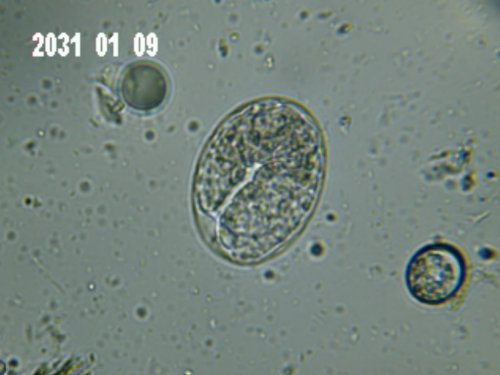Psychobunny
Avid Member
What magnifing requirments do I need to see and ID microorganisms, parasites and such in chameleons and reptiles in general?
Would a 500X do, or would I need 100X or higher.
I ordered a book about parasites, and do not know their various sizes.
Would a 500X do, or would I need 100X or higher.
I ordered a book about parasites, and do not know their various sizes.






